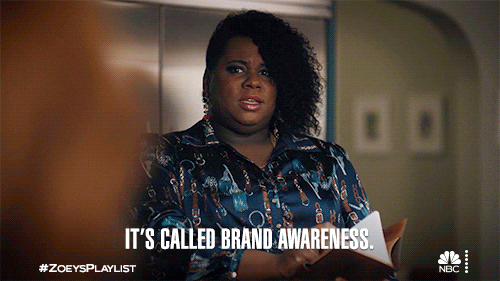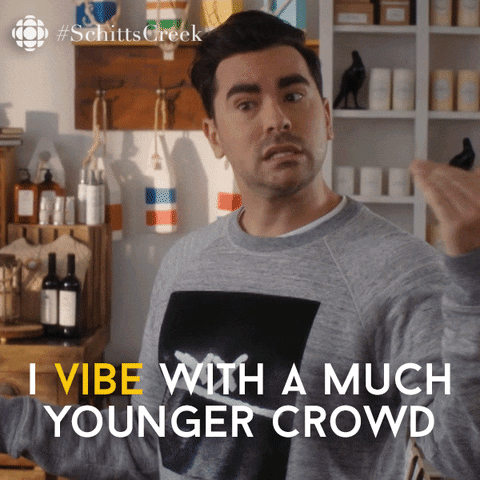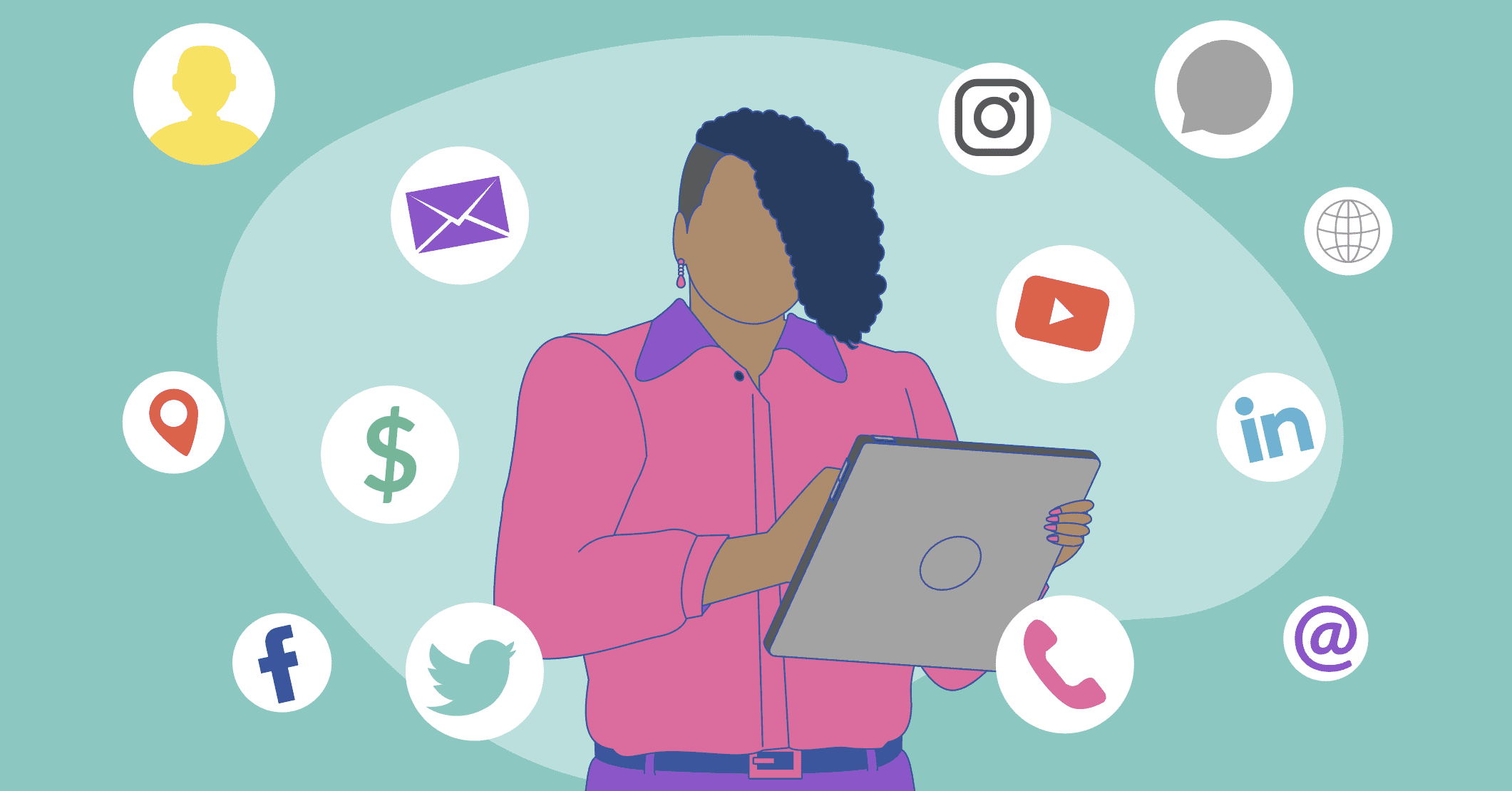Events need marketing. This is a fact. Attendees need to know when the event will happen, who’s speaking, and it all has to sound like an amazing time.
But how can event marketing actually boost attendance and revenue? Also, what’s the best way for organizers to connect with attendees when there are so many different types of content and media channels? We’ll give you a hint – it all depends on the audience you want to reach. To help you out, we’ll go over some event marketing basics, then show you how to pump up your attendance with a top-notch marketing strategy. Let’s get to it!

Why is event marketing important?
Event marketing is key to reaching your event goals, building your brand, and creating a better experience for attendees, vendors, and even yourself – the organizer! Here’s why:
Increases attendance: You need a certain number of people to attend your event for it to be both a financial and professional success. You also can’t expect to create an event with only people in your network (and then expect all those people to show up)!
Event marketing is how we reach new, and potential attendees, and widen our audience. It’s how we can create a larger community in general, which is really what events are all about.
Captures the right audience: You have a specific audience in mind for your event. Maybe you are looking for the perfect group to create new business? or spark diverse conversation, or inspire people to take their work to the next level.
Whatever the goal, the right marketing can help you connect to the people that will turn everyone’s event goals into reality.
Increases revenue: To increase revenue you have to sell more passes, sessions, VIP tickets, and all the other extras that give attendees the best experience possible.
Your marketing is how you spread the word out about all these amazing offerings in a way that attendees will understand, appreciate, and want to purchase.
Builds your event brand : Pretty much every successful business, event, or even individual, has some kind of brand. Your brand is your message that people can connect with. It’s your values, maybe even your aesthetic.
All these branding traits are woven into how you market your event. Every email, Facebook post, or Instagram story, is an opportunity to put a real message behind this awesome event you are promoting.
The best part – when you build a brand that people appreciate, you are also building a network of people that will want to attend future events.

How to promote an event.
Learning how to write a marketing plan for an event can seem complex, to say the least. There’s lots of deliverables, over multiple channels, and don’t forget it’s all time sensitive! But if you have a clear message, and an understanding of each channel, you can actually knock out most of the content in no time. Here are the basics:
Know your message: The key to connecting with attendees, speakers, and exhibitors, is having a clear, concise, and inspiring message people can lock onto.
This message should speak to the real purpose of the event. Think of it as the reason for everyone getting together. Or the thing that everyone at the event is trying to accomplish as a group. That’s your message.
Once you have your message, the content will flow more naturally.
Email marketing: A well crafted email that tells attendees something good, and gives them exclusive information, is still hard to beat.
Reach out to your email list frequently with new and exciting information about the event. The key is that you always send useful information. As long as people know that your emails are important, they will engage with the content. Even if they think you send too many emails 🙂
Social media and digital marketing: Facebook, instagram, Tiktok, linkedin – all of these social media platforms are spaces where you can post words, photos, videos, flyers, or any kind of content that promotes your event.
Facebook or Linkedin will probably have more of a “business-forward” demographic, and may be better suited for earnest, straight-forward messaging. This is also where the largest professional networks are, and these spaces will appreciate a more refined approach.
Instagram and TikTok are generally where you can have a little more fun with your branding. You can post impromptu stories, hop on music trends, or just reach out casually about your event.
Note: While you may find more professional profiles on one service or another, over the past few years, people everywhere are now using TikTok and Instagram in a professional sense. Doctors, Lawyers, real estate agents, scientists, and just about every professional around, has a community on TikTok. So have at it!
Paid and Promoted posts: Think of your social media marketing as a testing ground for any advertising you choose to purchase in the future. Just keep track of which content gets the most engagement and then bookmark it for later use.
Once you pay to promote these posts, you’ll expand your reach on Facebook, Instagram, Google ads, YouTube, or literally anywhere on the internet.
But at the end of the day, paid advertising is only as good as the content you are putting out. So we stress that the best digital marketing strategy is one that organically builds a brand and engages with users on a human level.
This takes longer, won’t get you as many followers, as fast. But in the long run you’ll have a stronger community to reach out to.
Offline marketing: Offline marketing, or traditional marketing, includes mailers, TV and radio broadcasts, and print. (No, print is not dead – It just needs to be interesting!)
Consider creating billboards, posters, special quarterlies just for your industry, or anything that people can see in person that will stand out among a sea of digital ads.
Offline marketing can also include creating a place where people can experience your brand, this is called experiential marketing. Ted Lasso did a brilliant job with this by parking the big blue “BELIEVE” bus in LA before the latest season of the popular TV show.

How to reach the audience of my event?
Reaching your audience is a two step process that includes crafting the right content. Then placing it on the right channel. It sounds simple enough – and it actually is!
Keep it to one goal per post: Any kind of creative marketing content should have only one key thing that you want your audience to lock onto.
If you’re selling passes, sessions, or merch, be upfront about what you are selling. Who you are selling to, and why. If you are just sharing an inspiring message and building your brand, then put all your creativity behind that.
Consumers are smart, and don’t mind marketing. They do want the purpose to be clear. So they know why they are taking the time to look at it.
Use the right channels and media: When reaching out to seasoned professionals, a thoughtful linkedin post in their network may be the marketing they are looking for.
For younger professionals, they might be looking for a “brand” on instagram – with videos and stories that they can connect with instantly.
Yet we also don’t want to be shifting our tone too much depending on who we are talking to. At the end of the day your brand is your brand. The basic themes should be universal across platforms and audiences.

When should you start promoting an event?
We recommend you start to promote your event at least 2-3 months before the event date. But it’s also never too early to start creating content and getting potential attendees familiar with your brand.
To help you out, here’s a brief outline of an event marketing timeline, and some event marketing campaign examples:
Create a content calendar: Before crafting emails, social media posts, and creating videos, you’ll want to create a calendar where all these things have due dates.
This may seem daunting. In reality, it’s where you can see what you actually have time to make and what’s possible. It will also give you a clear plan of action in your marketing.
Website launch: You need to have a place to send people to register for your event when you start to send out promotional content.
At Expo, we can actually help with getting your registration platform and website up and running in no time. Just reach out to info@expopass.com. We’d love to chat!
Email marketing: Start with your closest contacts, then expand to your proven email lists.
In-network marketing: Make use of professional networks on Linkedin, Facebook, or anywhere else where people connect directly with work colleagues.
Social media outreach: Post focused content to social media networks. Make note of engagement, and adjust to better reach your intended audience.
Paid Marketing: Not necessarily essential, but you can boost your reach on the internet by promoting your existing content.
Offline marketing: Think of unique ways to put your event in front of people in the real world. Maybe a print poster, or a compelling installation where the event will take place.
The best marketing strategy is the one that works for your event.
There are tons of ways to market your event. The best strategy is the one that speaks to your audience and grows your community.
Start with a message that attendees will get behind and you can use to make tons of content. Post to all the major social media channels, and try to tailor posts to your target audience. And just stick to your plan! If you keep putting the right content out, to the right people, you’ll hit all your attendance goals, and more. We promise.



